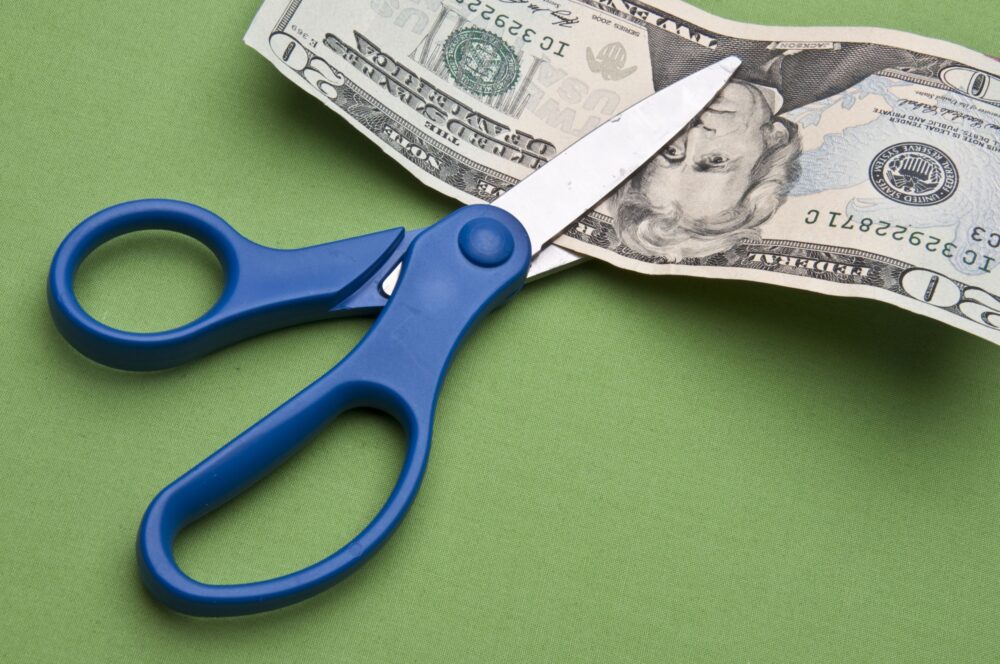Organizing personal finances frequently brings to mind thoughts of scarcity or choosing savings over comfort. Nonetheless, cutting expenses doesn’t automatically imply giving up a good quality of life. With careful planning, smart alternatives, and the use of modern resources, numerous people and households manage to reduce their spending while keeping, or even improving, their living standards. This article discusses practical methods, real-world scenarios, and expert opinions aimed at assisting you in reducing costs while still enjoying what is truly important.
1. Reconsidering Needs and Extravagances
Here is the revised text:
The initial phase in cutting expenses involves recognizing your spending behaviors. Start by distinguishing between essential purchases and those deemed as luxuries or routines. For instance, if visiting a coffee shop daily is enjoyable, yet the specific brand or venue isn’t crucial, think about opting for a less expensive café or preparing coffee at home with high-quality beans. Minor adjustments in daily habits can lead to significant yearly savings without experiencing deprivation.
Case Study: In 2019, research revealed that the typical American spends about $1,100 each year on coffee purchased away from home. Those who transitioned to brewing high-quality coffee at home indicated they spent roughly 70% less, yet still relished their morning routine.
2. Improving Memberships and Regular Services
Las cuotas mensuales recurrentes pueden afectar su presupuesto sin que se dé cuenta. Servicios de streaming, revistas, membresías de gimnasio, almacenamiento en la nube y kits de comida se convierten en gastos significativos si no se controlan. Realice una auditoría trimestral de estas suscripciones. Conserve solo aquellas que use frecuentemente y que realmente mejoren su calidad de vida.
Practical Example: Instead of subscribing to four video streaming platforms, alternate between two per month based on content availability. Many users discover they rarely notice what is unavailable due to the staggering volume of choices.
3. Clever Grocery Shopping and Meal Preparation
Food expenses often rank among the highest recurring costs. Rather than dining out frequently or shopping impulsively, develop a weekly meal plan and corresponding grocery list. Opt for in-season produce, generic or store brands for staples, and buy in bulk where practical. Avoid the assumption that lower price equals lower quality—many private labels partner with reputable suppliers.
Data Point: According to the Bureau of Labor Statistics, households can reduce their grocery expenses by 15-30% by choosing non-premium brands and limiting food wastage through efficient planning.
4. Using Technology to Save Money
Many applications and websites monitor discounts, evaluate prices, and provide online coupons. Extensions for browsers have the capability to automatically compile and apply savings during internet shopping. Furthermore, digital tools observe utility usage and propose methods to save costs. By utilizing these options, consumers can retain the quality of goods and services while paying less.
Expert Insight: “Technology’s role is to empower the consumer. Using digital tools is not about being frugal; it is about making informed choices,” says Dr. Michelle Harper, a personal finance educator.
5. Embracing Experiences Over Material Goods
Research consistently shows that experiences provide greater long-term satisfaction than physical items. By redirecting spend from material acquisition to shared activities—such as local cultural events, nature hikes, or home-hosted gatherings—you enrich your life without inflating the budget. Community resources, including public libraries and municipal recreation centers, offer ample opportunities for enrichment at minimal or no cost.
Analysis of Survey: Based on a Gallup survey conducted in 2022, 72% of participants indicated they felt greater joy from experiences such as travel or concerts compared to acquiring new items.
6. Transportation Alternatives
Automotive expenses, from fuel to insurance and maintenance, present a significant financial burden. Exploring alternatives, such as using public transit, cycling, or carpooling even a few times per week, can substantially lower costs. Ride-sharing apps enable flexible commuting, while many employers offer transit incentives.
Real-World Example: In metropolitan areas, partial car ownership—where a family owns one car instead of two—can save over $5,000 annually, and studies indicate no substantial impact on mobility with creative planning.
7. Reducing Utility Costs Without Sacrificing Comfort
Energy bills for heating, air conditioning, water, and electricity can be reduced without compromising comfort. Easy adjustments include installing programmable thermostats, transitioning to LED bulbs, disconnecting electronics when idle, and fitting water-efficient fixtures. Conducting energy audits of your home can expose hidden inefficiencies, frequently leading to significant percentage cuts in utility expenses.
Data Example: The Department of Energy notes that setting your thermostat 7-10 degrees Fahrenheit lower for eight hours a day can save up to 10% a year on heating and cooling costs with negligible impact on comfort.
8. Conscious Shopping and Postponed Satisfaction
Impulse purchases frequently result in acquiring items that do not contribute to one’s quality of life. Introduce a compulsory 48-hour delay for non-essential goods. This waiting period provides the opportunity to evaluate genuine necessity and explore more affordable choices. Numerous individuals discover that their initial want diminishes, or they identify a cheaper alternative.
Tip: Maintain a “wish list” rather than a shopping cart. Items that remain attractive after a cooling-off period are likelier to provide value.
9. Utilizing Community and Peer Resources
Resource sharing can profoundly reduce outlays. Lending libraries for tools, clothing swaps, volunteer-run repair clinics, and co-working or co-housing arrangements expand access without proportionate expense. Peer-to-peer marketplaces further allow you to rent or borrow items infrequently needed, such as power tools or sports equipment.
Community Insight: In numerous city neighborhoods, tool libraries and community gardens that are maintained together have resulted in considerable personal savings in addition to promoting social bonds.
10. Investing in Preventive Health and Wellness
Health crises and enduring illnesses can burden financial resources and reduce life quality. Focusing on preventive health measures, such as routine medical examinations, immunizations, exercise programs, and stress relief, minimizes future costs and maintains everyday wellness.
Research Discovery: According to the American Public Health Association, spending $1 on prevention can lead to a $5.60 reduction in future health costs. For numerous individuals, these savings translate into less absence from work and decreased personal health expenditures.
Reducing expenses can become a creative, rewarding process of questioning old habits and embracing new possibilities. When approached thoughtfully, each saved dollar represents not just restraint but liberation—more options, less stress, and a deeper appreciation for what adds real value. By focusing on conscious consumption, leveraging expertise within your community, and choosing experiences that nurture rather than drain, you reinforce a sustainable, meaningful standard of living that depends less on spending and more on intention.




